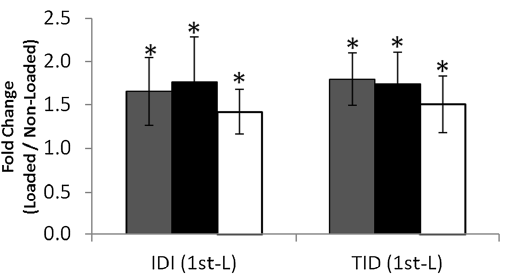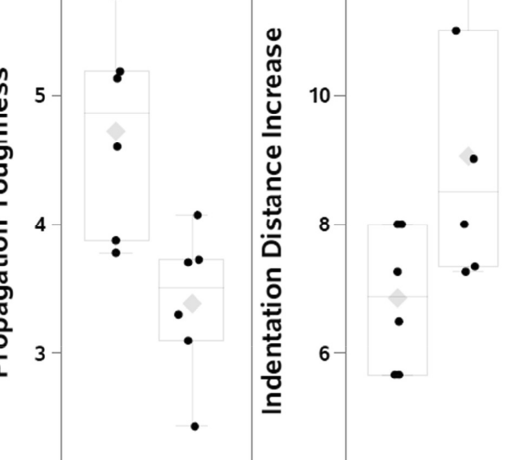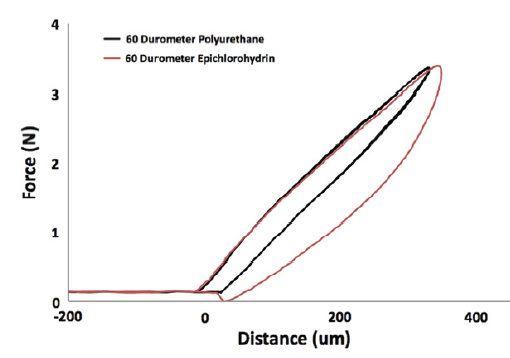Radiation therapy is widely used in the management of patients with soft tissue sarcoma, genitourinary and gastrointestinal tumors, head and neck tumors, or secondary bone metastasis. Bystander injury to bone in the course of external beam radiation therapy is a prevalent problem associated with considerable morbidity, including the development of osteoradionecrosis and pathologic fractures. Morbidity is high in patients incurring fractures secondary to radiation therapy. Post-radiation fractures have high non-union rates or prolonged healing times. There is a clear and pressing need for a reliable and clinically relevant animal model in which it will be possible to perform new and advanced surgical strategies to repair radiation induced fractures. Rabbits have been used in previous studies on radiation injury to bone with work focusing on the jaw or craniofacial skeleton. The current study was designed to develop a model of radiation injury to long bones in the rabbit. Using a 4 x 9 Gy radiation protocol over four consecutive days, we were able to establish late radiation injury to bone. With this protocol we were able to create significant changes in cortical and trabecular bone microstructure, and mechanical properties as determined by reference point indentation. This model of radiation-induced bone injury should allow for preclinical development of new surgical, pharmaceutical, or regenerative medicine approaches to alleviating the adverse effects of radiation therapy on bone and fracture healing.
Radiation Injury To Bone: Pilot Evaluation Of A Rabbit Model For Radiation-Induced Bone Injury
Williams, M. (2015). Radiation Injury To Bone: Pilot Evaluation Of A Rabbit Model For Radiation-Induced Bone Injury. (Electronic Thesis or Dissertation). Retrieved from https://etd.ohiolink.edu/




